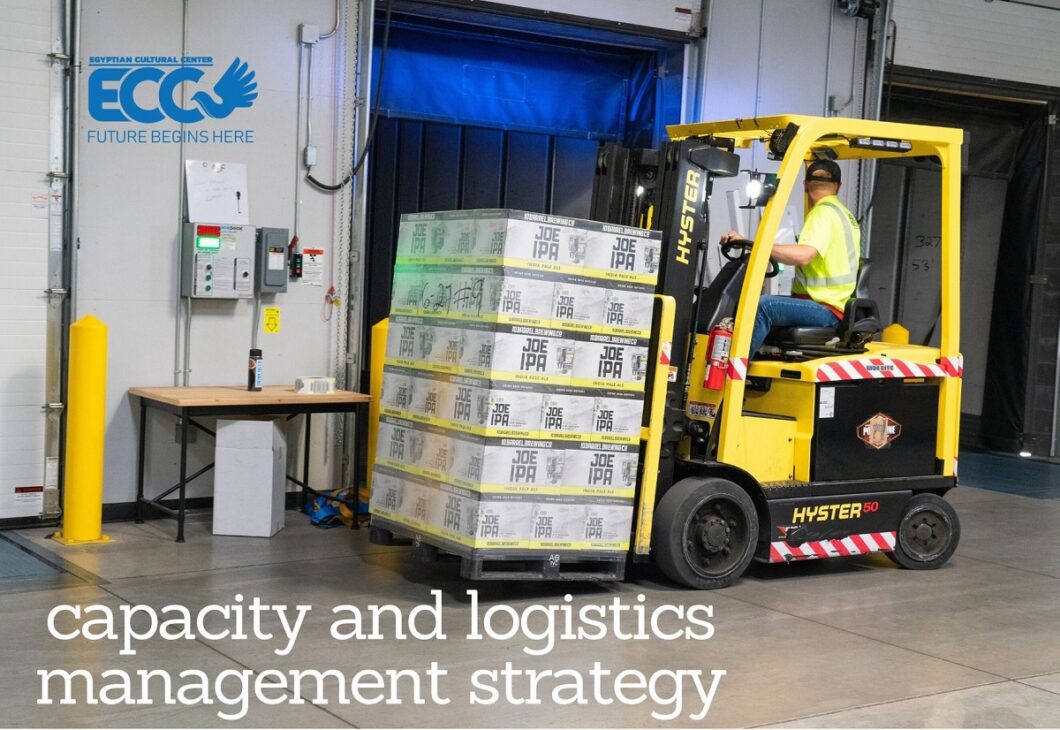Introducing logistics Management Strategy
One of the most important strategies in Supply Chain Management is Logistics Management. In the fifties, Logistics Management delt with procurement, preservation and transportation of military Buildings and personnel. Nowadays, Logistics management deals with the flow of products and inventory within a single organization and its partners, suppliers, and customers (Russell, 2009:57-60). Given that there is a very wide history of the concept of logistics, numerous authors agreed on defining logistics management as “places, transportation of goods, inventory levels, materials, order fulfillment, communications, and third-party service providers”. It is very obvious now that managing material flows include both procurement and production. In other words, Logistics is the process of organizing, managing, and supervising key business activities; ordering, inventories, warehousing, and shipping (Russell, 2009:57-60).
Moreover, the most common logistics tools nowadays are Third-Party Logistics (3PL) and Fourth Party Logistics (4PL), especially in multinational companies. A Third Party Logistics contractor carries out one or more actions of the logistics management concerning the flow of resources, goods, data, information, funds and finances that the organization can perform for itself by itself (Bourlakis, C. & Bourlakis, M. 2005:94) (Chopra & Meindl 2010:383) (Sink &Langely 1997:167). Additionally, 3PLs mainly focus on precise job or role within the supply chain itself; for example, transportation, warehousing and information systems. On the other hand, A fourth Party Logistics provider is mainly an independent party that manages gathers and put together the resources, competence, capacity and technology to the client firm. The main purpose or job description of a 4PL is to propose, design, create, build and manage broad and 13
complete supply chain solutions for the client firm(Bourlakis, C. & Bourlakis, M. 2005:94) (Chopra & Meindl 2010:383) (Sink &Langely 1997:167).
Furthermore, logistics management has a very important role in the value-added to consumers, if it was implemented it properly. It is also one of the cost saving methods, therefore it is considered a competitive advantage as it maximizes the company’s profits, reduces production, inventory and holding costs. This can be achieved easily as there were quite a few lessons to be learned from its long history (Russell, 2009:57-60).
Introducing a capacity management strategy
One of the most important supply chain strategies is the Capacity Management Strategy. Multiple authors said that the capacity strategy of operation determines its general scale, the quantification number and size of various sites between which its capacity is distributed, the specific activities allocated to each site, and its valuable location. These are the variables that help in developing an operation’s capacity strategy, its overall figure, volume and use (Gupta, 2006:3419-3431). Every item for consumption or service has an unusual and rather different capacity. In other words, if a capacity strategy works perfectly for a certain product or service that does not indicate that it could for another
product or service. So organizations should readjust their capacity strategy constantly especially when the nature of the competition changes (Slack and Lewis, 2008: 69-98) (Gupta, 2006:3419-3431).


